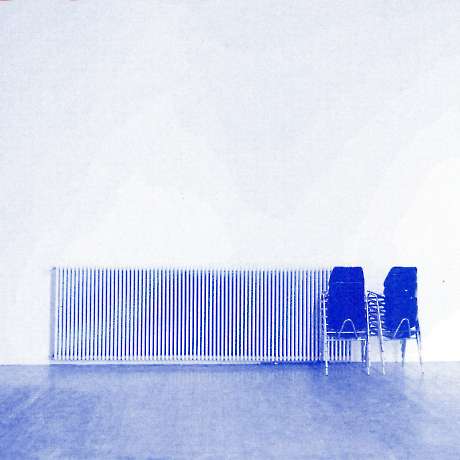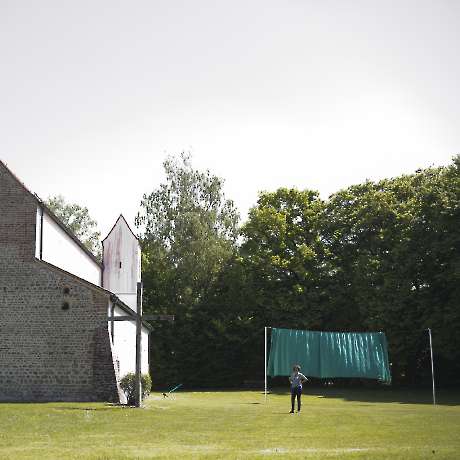Ítalo Almeida, Lukas Sterzenbach
Video Installation, 21 minutes
The video installation “do you dig it or do you scrap it” was created in South Africa by Brazilian artist Ítalo Almeida and German artist Lukas Sterzenbach. The work emerged from a collaborative research process with local communities, artists, and activists in Johannesburg, and was developed during a residency with the New Futures Collaborative, supported by the Initiative of Change USA and Exploring Visual Cultures.
Johannesburg is deeply marked by social and structural inequalities, and ranks among the cities with the highest levels of socio-economic disparity in the world.
The official unemployment rate in the city reportedly exceeds 40%, and among youth aged 15 to 24, the rate rises to over 60%, laying the ground for inequality from a young age and preventing many from entering the formal job market.
This imbalance is rooted in the city's colonial and imperial foundations: Johannesburg, the so-called City of Gold, was established 139 years ago on the back of gold mining and
the systemic exploitation of Black South Africans and migrant laborers.
The consequences of this extractive legacy remain visible today, not only in the enduring poverty and inequality that continue to affect primarily women and Black South Africans, but also in the polluted, toxic landscapes that now form the foundation of the homes of many low-income communities and surround much of the city.
“do you dig it or do you scrap it” responds to this history by focusing on an alternative form of material transformation. Instead of extraction and destruction, the work centers on reclamation and renewal. Filmed over twelve hours, the video shows one of Johannesburg’s many scrap-for-cash stores, documenting the fragmentation of a working day in which discarded materials are disassembled, sorted, and repurposed.
These stores emerged in response to the global demand for scrap metal and the city’s urban poverty. They originated through informal and often illegal trading, but the industry
has since become more regulated — largely overseen by the non-profit Metal Recyclers Association of South Africa. It employs thousands across the city, especially migrants, the homeless, youth, and ex-offenders, enabling survival and a way to enter the economy.
They offer an alternative to mining: a form of resource-gathering that neither harms the earth nor exploits its people, but instead connects communities and creates spaces for exchange.
The act of collecting recyclable materials forms a sprawling, informal network across the city, one that is deeply rooted in survival, resilience, and reciprocity.
Here, unwanted objects are brought back into circulation, revalued, and reimagined.
In the installation, viewers must physically look up in order to gaze down, reversing the conventional direction of observation: Who — or what — is looked down upon?
And who is looked up to? Seen from above — through the eye of the camera — and from below — through the gaze of the viewer — value is no longer fixed. It is negotiated. Reassembled. Transformed.
They mine not for gold, but for the overlooked resources of industrial residue and urban life.
Their work is essential, sustainable, and interconnected — forming organic networks that reshape Johannesburg.
The dynamics of these scrap-for-cash systems are embedded in Johannesburg’s history of unemployment and exploitation. Yet, unlike the still-expanding mining corporations, these community-based networks sustain lives, build connections, and clean the city —
one fragment at a time.




